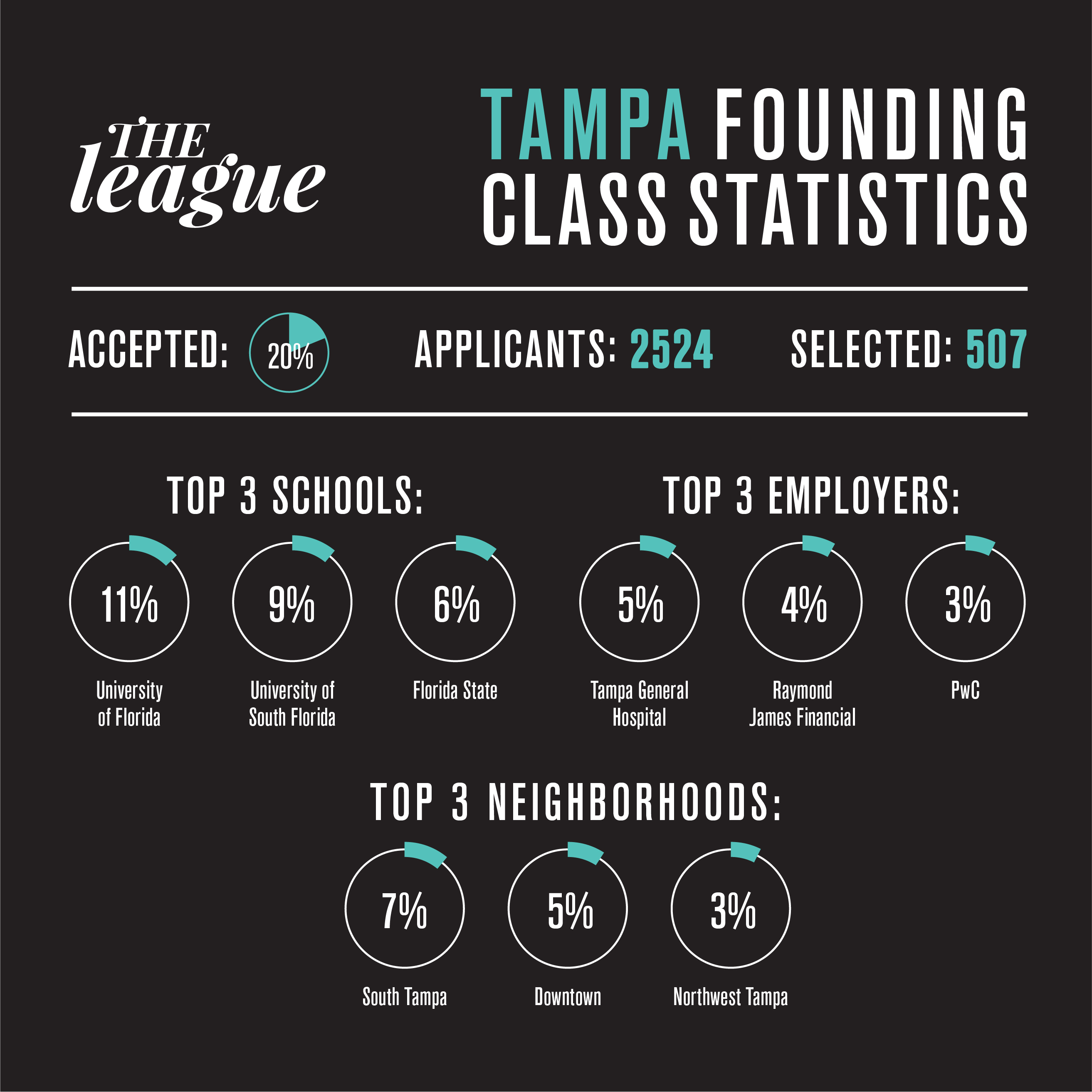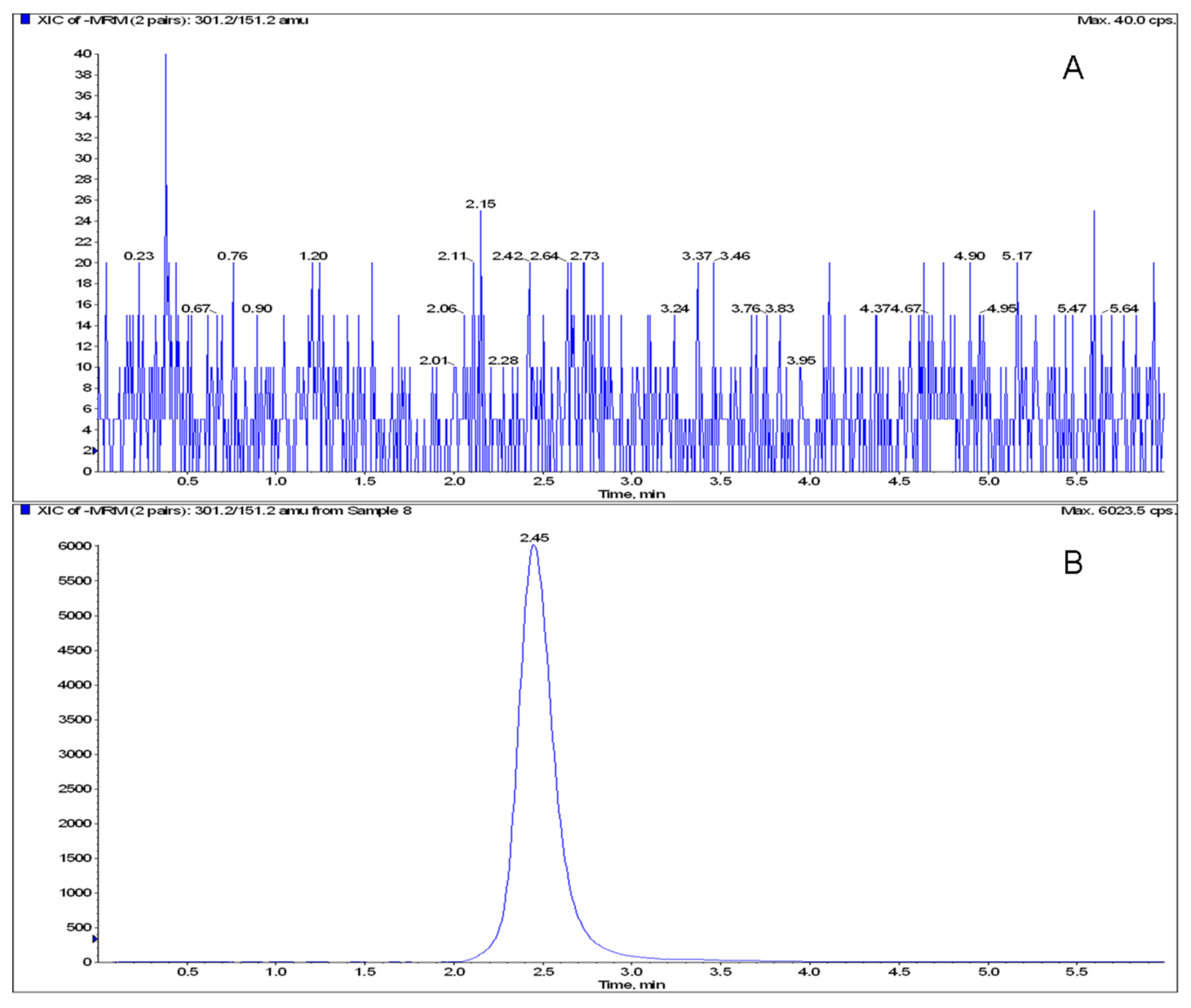E Gas Sly Injection Software Engineer


LiquidSi V2.20 – with software manual LDT – LPi Diagnostic Tool – with software manual. Autogas LPG,CNG Diagnostic Software. Please note that the software on this website is not a property of LPG Shop and LPG Shop can not take responsibility for any problems caused by use of that software. 4C ver 1.5.8.rar. National Academy of Engineering, and the Institute of Medicine. The members of the. Described by Ilan Gur, ARPA-E program manager of the Amped program, in his opening remarks at the 2014. Downspeeding, improvements in closed-loop combustion control, and higher fuel injection pressures.
Methane emitted by coal mine ventilation air (MVA) is a significant greenhouse gas. A mitigation strategy is the oxidation of methane to carbon dioxide, which is approximately twenty-one times less effective at global warming than methane on a mass-basis. The low non-combustible methane concentrations at high MVA flow rates call for a catalytic strategy of oxidation. A laboratory-scale coal-packed biofilter was designed and partially removed methane from humidified air at flow rates between 0.2 and 2.4 L min −1 at 30°C with nutrient solution added every three days. Methane oxidation was catalysed by a complex community of naturally-occurring microorganisms, with the most abundant member being identified by 16S rRNA gene sequence as belonging to the methanotrophic genus Methylocystis. Additional inoculation with a laboratory-grown culture of Methylosinus sporium, as investigated in a parallel run, only enhanced methane consumption during the initial 12 weeks. The greatest level of methane removal of 27.2±0.66 g methane m −3 empty bed h −1 was attained for the non-inoculated system, which was equivalent to removing 19.7±2. Mustapha Game Free Download For Samsung Android Mobile more. 9% methane from an inlet concentration of 1% v/v at an inlet gas flow rate of 1.6 L min −1 (2.4 min empty bed residence time).
These results show that low-cost coal packing holds promising potential as a suitable growth surface and contains methanotrophic microorganisms for the catalytic oxidative removal of methane. Introduction To prevent explosions during underground coal mining, mine shafts are continuously ventilated to dilute methane released from the coal seam to non-combustible concentrations (usually ≤1% v/v since the lower flammable limit of methane is 5% (v/v) in air). The mine ventilation air (MVA) is then released untreated into the atmosphere causing significant greenhouse gas emissions. Methane has an approximately twenty-one times higher potential impact on global warming than carbon dioxide (on a mass-basis in a 100-year time frame) arising from its higher molar absorption coefficient for infrared radiation and a longer residence time in the atmosphere.
On a molecular basis this equals a 7.6-times higher impact of methane. Worldwide emissions of methane from coal mining are extensive, estimated to be over 329 million tonnes (Mt) carbon dioxide-equivalent in 2005 with approximately 70% of these methane emissions released as MVA. Major challenges for MVA methane mitigation are the low methane concentrations limiting its usefulness as an energy source, the high flow rates (50–500 m 3s −1) and the considerable variability of these parameters. Various thermal technologies have been considered – and while capable of treating MVA, they attract high capital and operating costs and require considerable safety measures.
Biofiltration technology is a safer and less expensive approach as it utilises microorganisms as biocatalysts to oxidise methane to carbon dioxide and biomass at ambient temperature. Methane-oxidising organisms (methanotrophs) occur ubiquitously and actively grow in environments where both methane and either oxygen or alternative electron acceptors are present (e.g. Soils, lakes, ponds, landfills, and coal mine sites). The biology of various methanotrophs has been recently reviewed. Over the past decade, methane biofiltration technology has garnered considerable attention for the treatment of effluent gases generated during landfill and animal husbandry operations, where reasonably low gas flow rates occur –. However, only limited insights are available regarding the potential of biofiltration for the removal of methane at the very low concentrations and high flow rates of MVA (for a recent review see ).